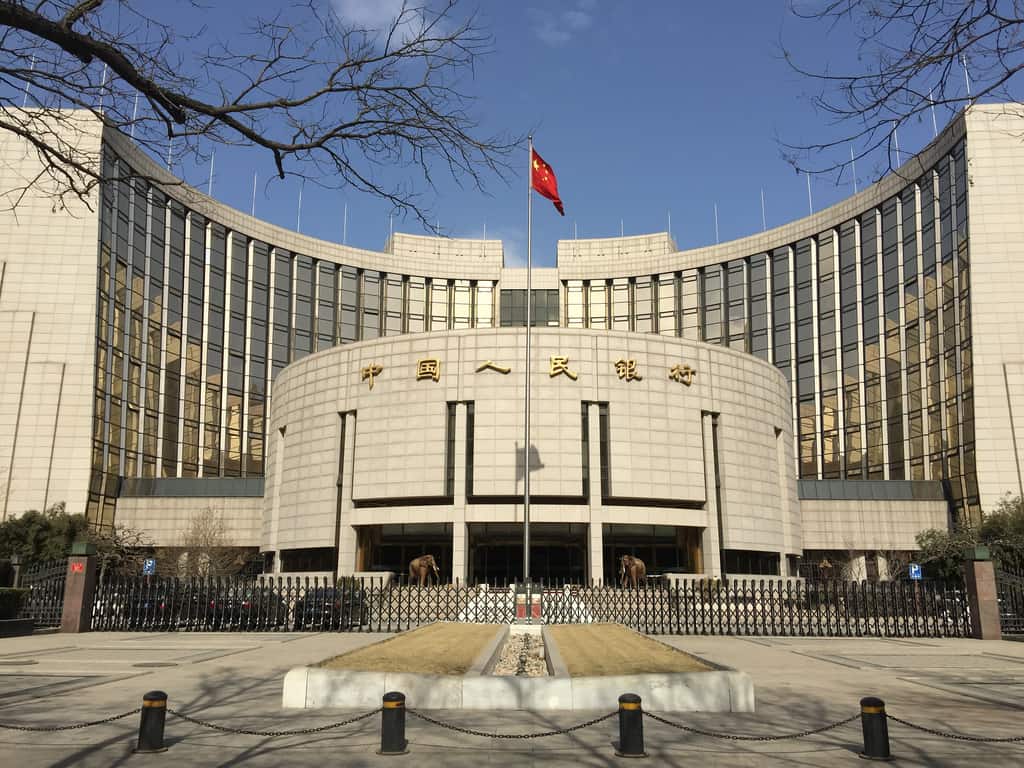The People’s Bank of China (PBOC) has led the issuance of a new directive for dialling down the leverage ratios of Chinese enterprises.
On 29 July PBOC, the National Development and Reform Commission (NDRC), the Ministry of Finance and the China Banking and Insurance Regulatory Commission (CBIRC) jointly issued the “2019 Key Points for Work on Reducing Enterprise Leverage Ratios” (2019年降低企业杠杆率工作要点).
The directive emphasises the increased use of market-based debt-equity swaps by financial asset investment companies, as well as the increased participation of private capital in market-based debt-equity swaps.
With regard to the first point of expanding volume, area and quality of market-based, rule-of-law-based debt-equity swaps, the directives call for:
- Driving financial asset investment companies to play a vanguard role in market-based debt-equity swaps;
- Expanding channels for social capital to participate in market-based debt-equity swaps;
- Accelerating the usage of targeted required reserve cut funds by joint-stock commercial banks;
- Strengthening assessment of the usage of targeted required reserve cut funds by joint-stock commercial banks;
- The adoption of multiple measures to resolve the problem of excessive “capital occupation” with regard to market-based debt-equity swaps;
- Accelerating the push for market-based debt-equity swap asset transactions;
- Encouraging the undertaking of market-based debt-equity swaps for high-quality enterprises;
- Supporting private enterprises in the implementation of market-based debt-equity swaps;
- Vigorously undertaking trials for swapping debt for preferential shares;
- Further increasing the role of the market in the pricing of market-based debt-equity swap assets;
- Strengthening corporate governance and protection of the rights and interests of social capital.
The directive also calls for the “integrated usage of various leverage reduction measures,” highlighting:
- Driving strategic restructuring and structural adjustment of enterprises;
- Accelerating the disposal of “zombie enterprise” debt;
- Improving protective measures in relation to bankruptcy and withdrawal;
- Vigorous development of equity financing.



